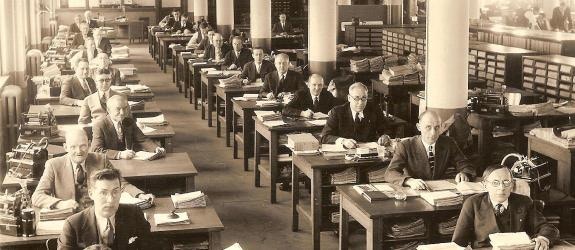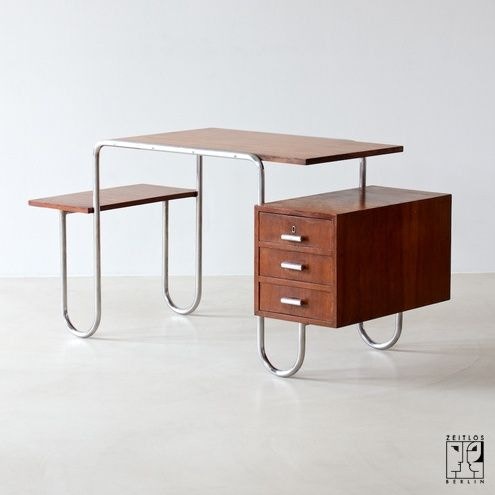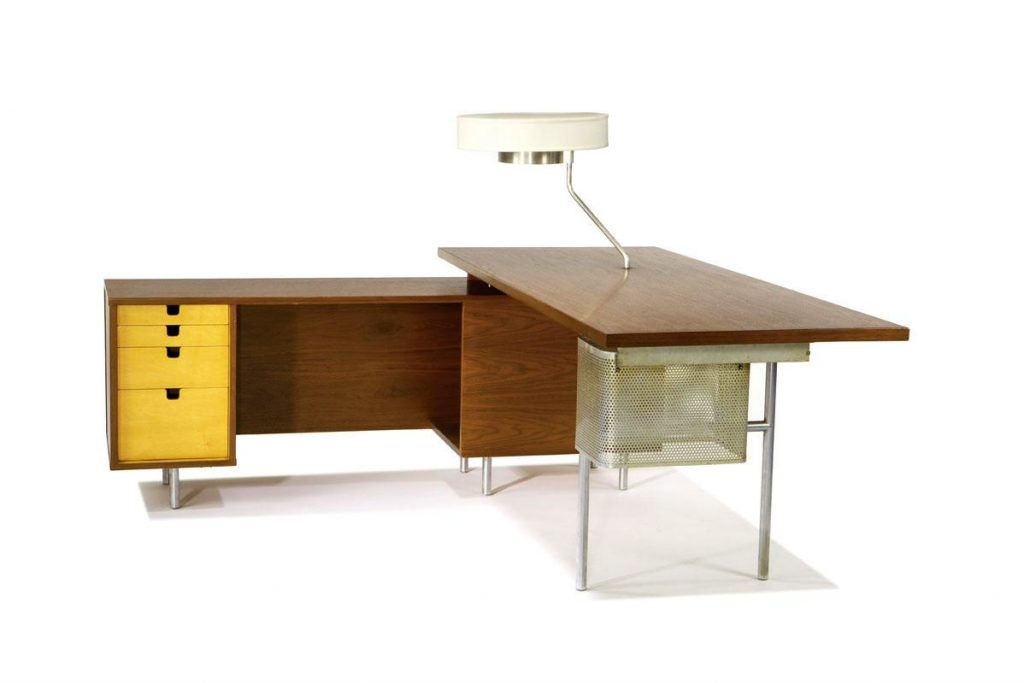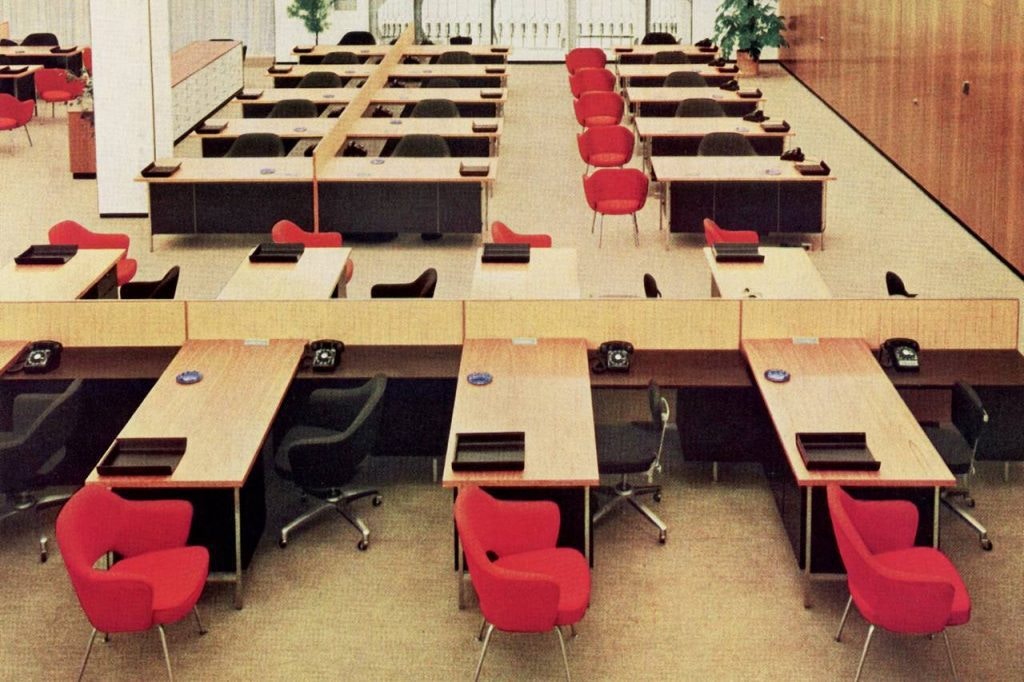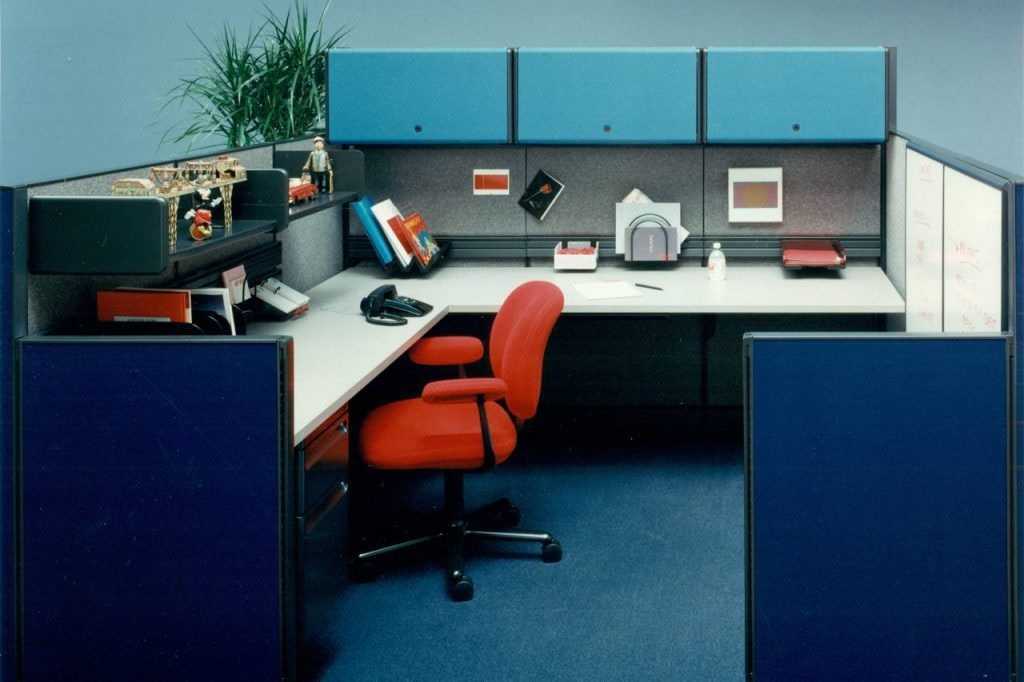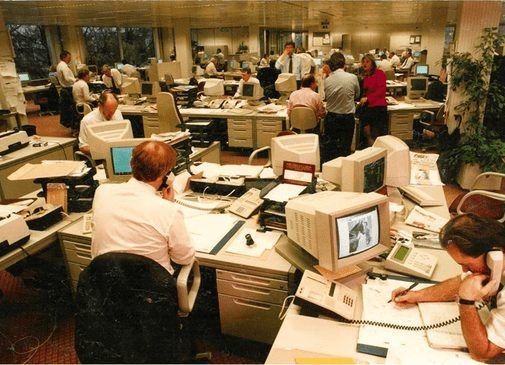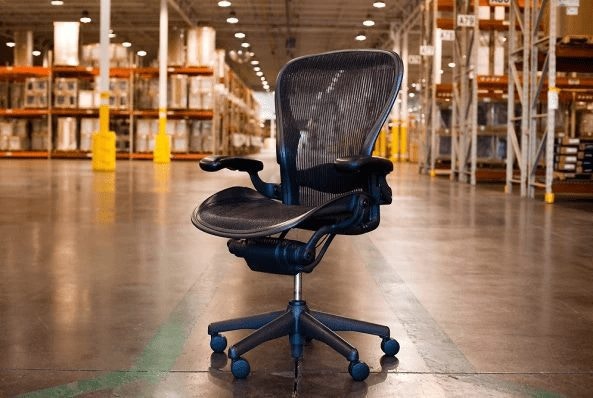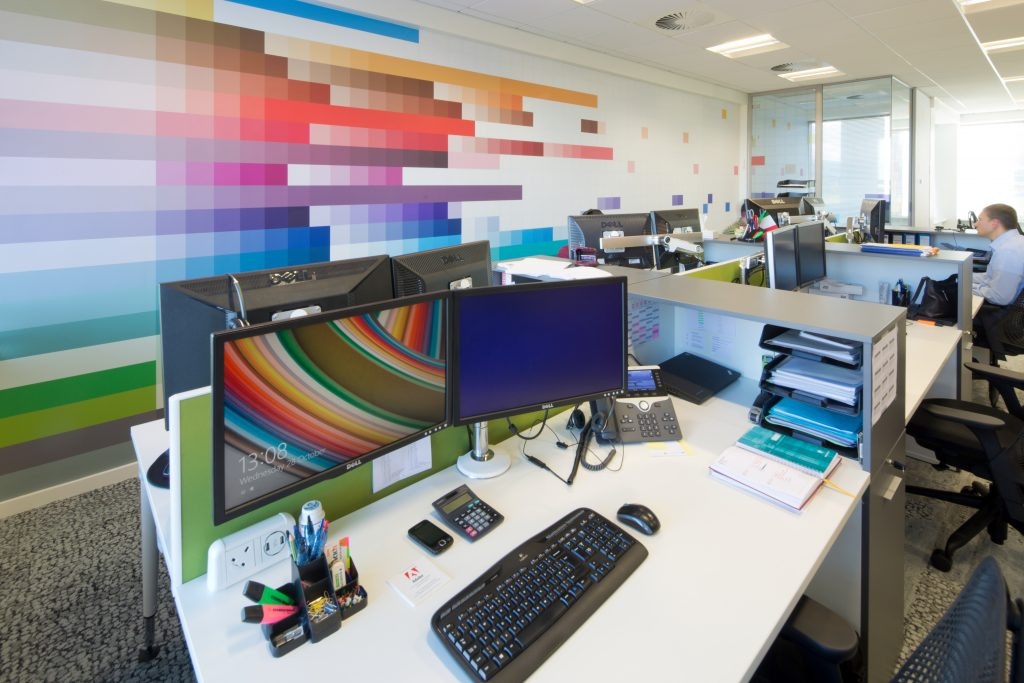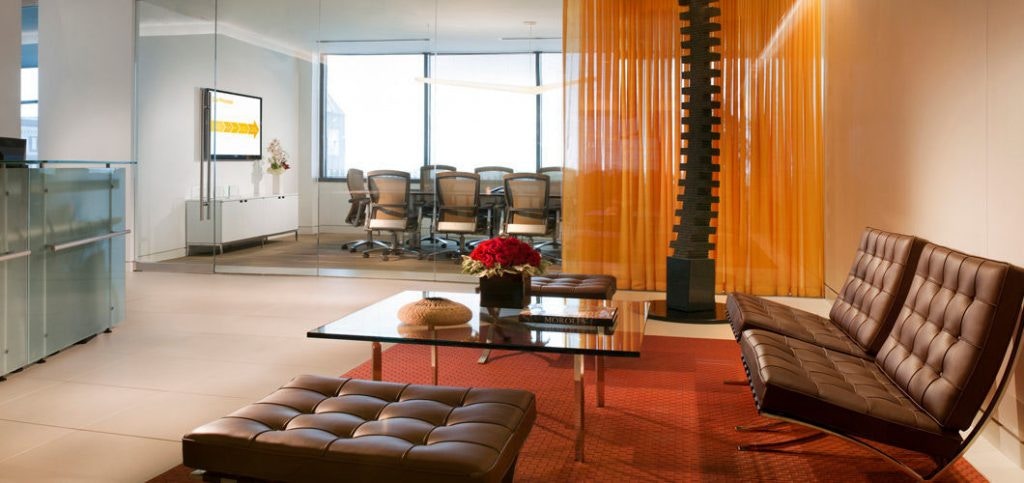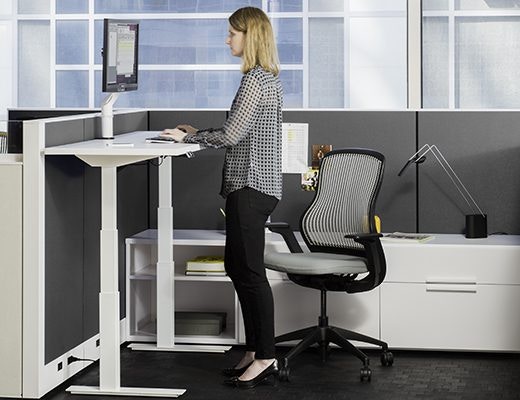Office furniture design is part of the K2 Space DNA with the vast majority of our team having worked in the industry for over 20 years.
Consequently, after producing a recent piece on the history of office design, we decided to sit down and discuss the history of office furniture design and this article is the result – we hope you enjoy reading.
It goes without saying that the workplace has evolved rapidly over the past couple of decades with more inspiration taken from the home, as companies strive to create comfortable spaces so staff can be as productive and creative as possible. This has also led to an increased significance being placed on the creation of collaborative and quiet zones, as staff spend less and less time at their traditional desk. These developments have had a major impact on the furniture selected and have in our opinion led to a revolution in office furniture design.
More on that later but to start let’s trace the evolution of office furniture design starting with the first modern workplace – we use the term ‘modern’ loosely.
In the 18th century, as the notion of dedicated buildings where commercial activity took place took hold, the furniture used is far removed from what we use today. The earliest offices were represented by rows of tables and chairs with management situated in adjacent private offices which were typically furnished to a higher level. In the latter half of the century, fancy roll-top desks with innovative filing systems became popular, and the must-have for any discerning workplace.
With regard to office furniture design history, we must also reference the Henry van de Velde’s dynamic curving Art Nouveau desk launched in 1899 which to this day is still considered an iconic design classic.

